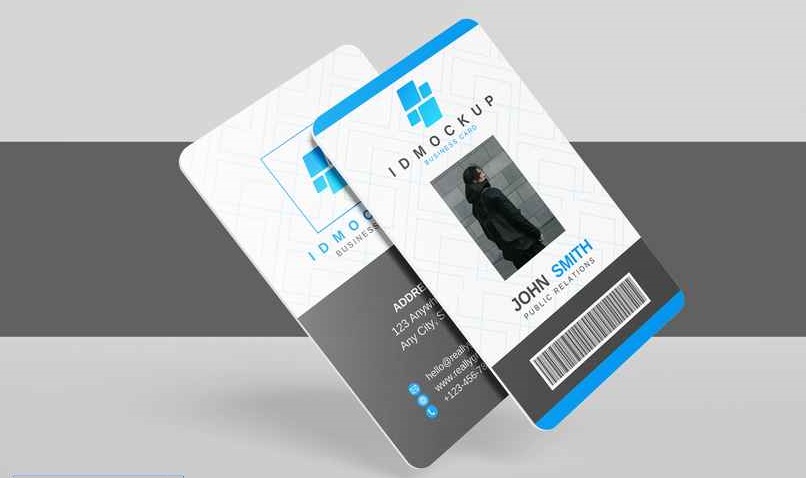
Selecting the ideal UHF RFID Card for your company's requirements can be difficult, especially with so many variations on the market. UHF RFID cards are well-liked for their extended read range and fast data transfer rates. They function within the frequency range of 860–960 Mhz. They are employed in many different applications, including inventory management, asset tracking, and access control. The following are important variables to take into account when choosing the best UHF RFID card for your company:
When compared to other RFID card types, UHF RFID cards (860-960 Mhz) have a longer read range, usually spanning several meters to tens of meters. Make sure the card you select has the right read range by taking into account the unique requirements of your company. For example, a card with a longer read range would be more appropriate if you needed to track assets throughout a huge warehouse.
The memory capacity of UHF RFID cards (860-960 Mhz) varies, spanning from a few bytes to several kilobytes. The memory size needed will depend on how much data you need to store on the card. For example, a card with less memory would work fine if all you needed to store was a unique identity. A card with a bigger memory capacity would be more suited if you needed to store more data, such as the asset's location or the owner's identity.
Plastic, paper, and adhesive labels are just a few of the materials and form factors that UHF RFID Cards come in. Select a card that is strong enough to survive the conditions by taking into account the environment in which the cards will be employed. For instance, a plastic card with a protective coating would be more appropriate if the cards were utilized in a rough outdoor environment.
When selecting a UHF RFID Card, security is an important factor to take into account. Certain cards have built-in security measures like mutual authentication and encryption, which can help prevent unauthorized access to the data held on the card. Select a card with the right security characteristics by taking your application's security requirements into account.
UHF RFID cards are compatible with a variety of protocols, including ISO 18000-6C and EPC Gen2. Verify that the cards you select work with the other parts of the system and the RFID readers you currently have. Additionally, think about how scalable your system will be in the future and select a card that is simple to combine with new technologies.
Depending on the features and specifications, UHF RFID Cards come in a range of price points. Even while it could be alluring to go with the least expensive option, it's crucial to take ownership costs into account, including replacement and maintenance costs. Based on your business needs, select a card that provides the best value for your money.
Selecting the best UHF RFID card for your company necessitates carefully taking into account a number of variables, such as read range, data storage capacity, durability, security, compatibility, and cost. You may choose the ideal UHF RFID Card for your company and optimize the advantages of RFID technology by taking the time to comprehend your unique requirements and weigh the available possibilities.